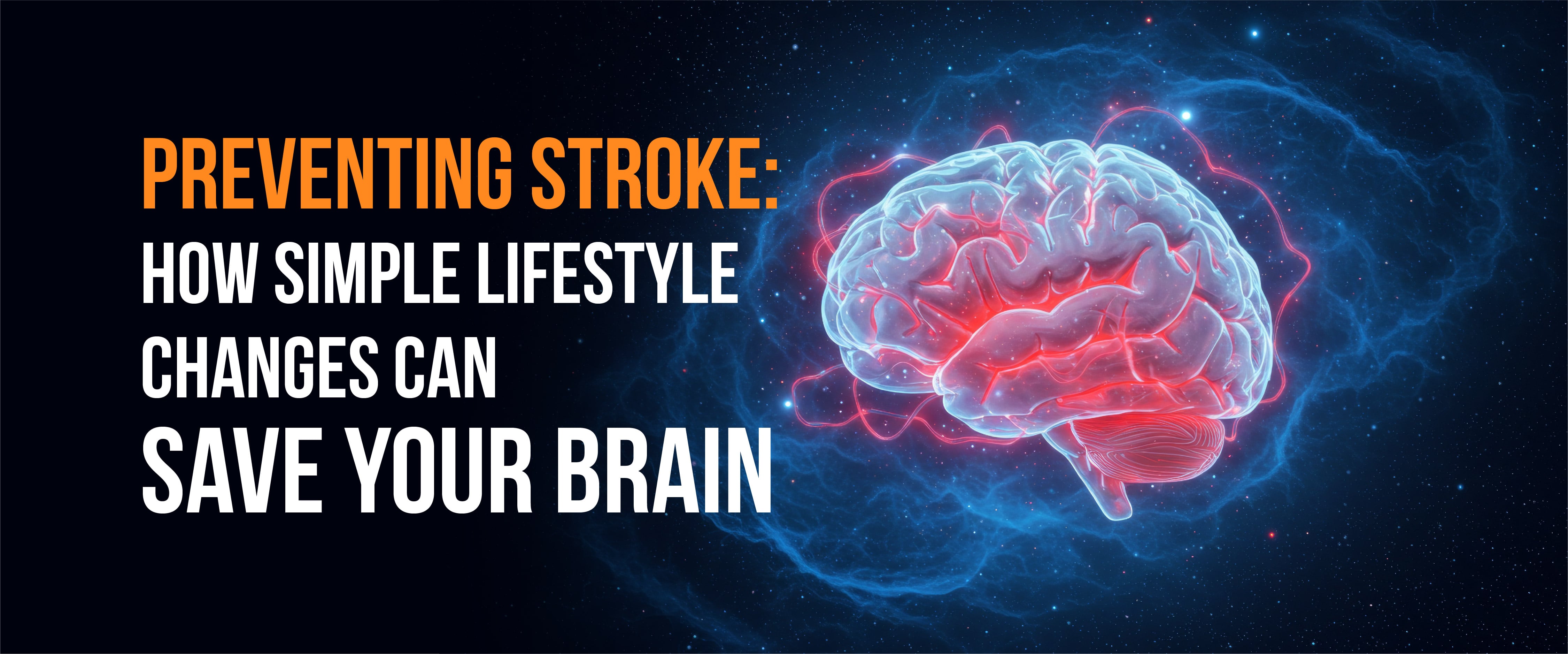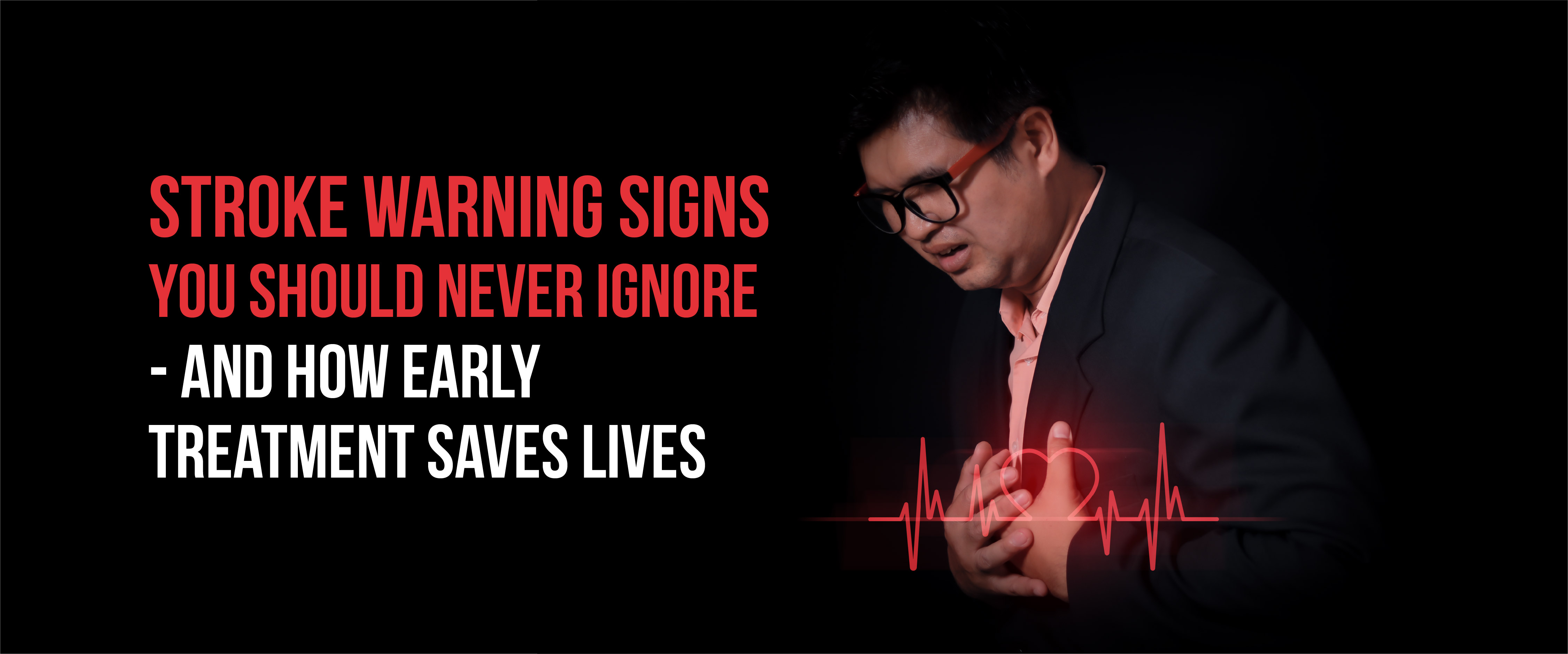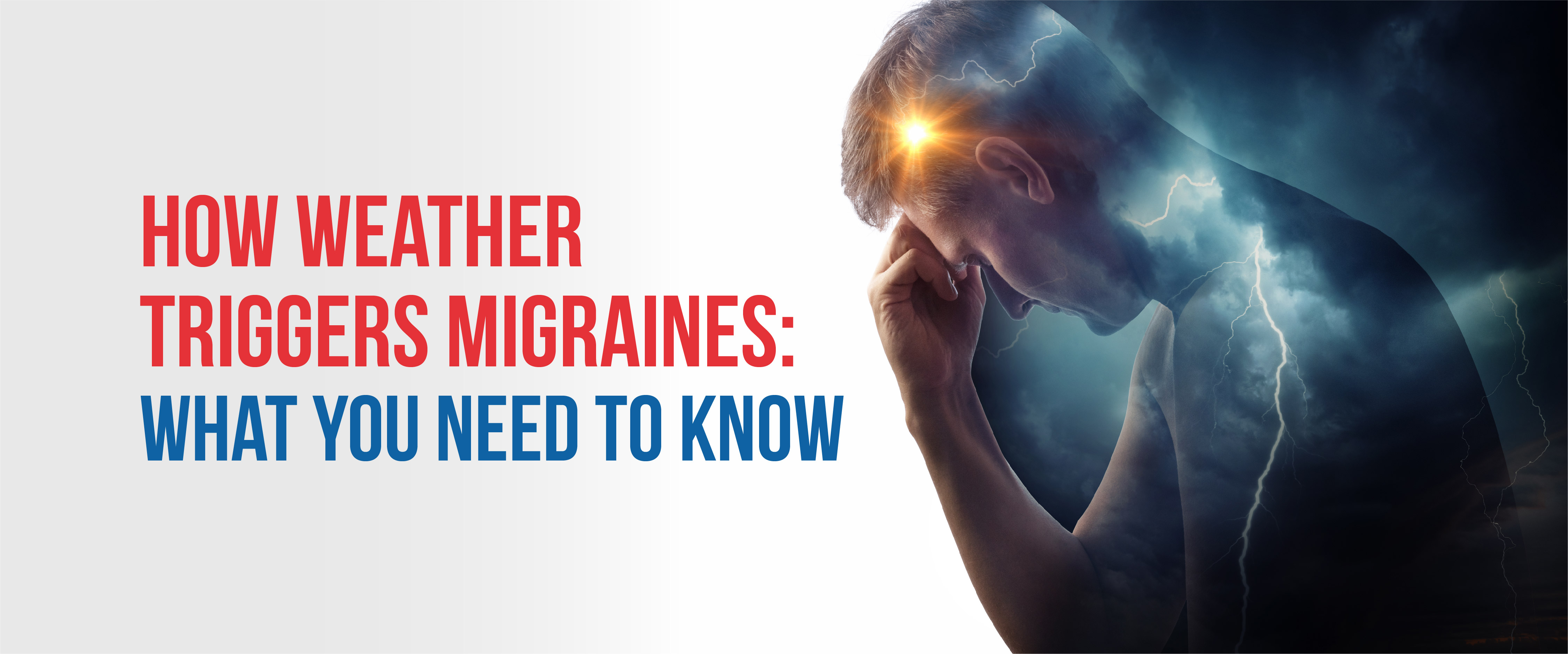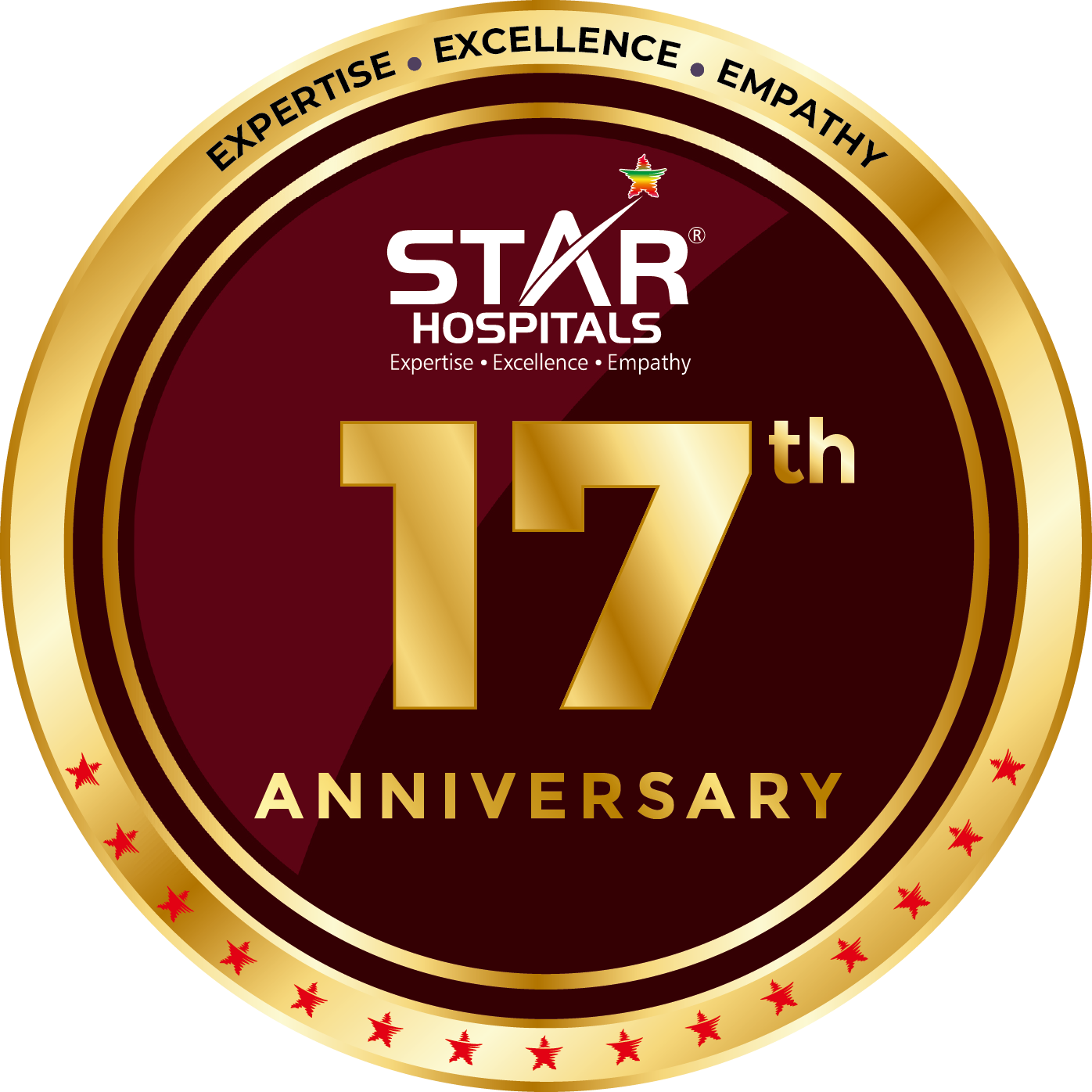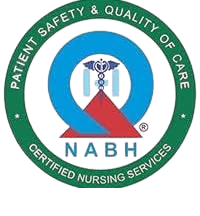Dr. Niharika: Yes, one of the biggest misconceptions is confusing the symptoms of stroke for Bell’s Palsy. Bell's Palsy is a condition where one side of the face experiences sudden weakness or paralysis due to inflammation or damage to the facial nerve. It can affect anyone, though it's most common between the ages of 15 and 60. Symptoms typically include a drooping appearance on one side of the face, difficulty closing the eye, and drooling of saliva from one corner of the mouth on the affected side.
I have seen many cases where people ignored the warning signs, believing it to be Bell's Palsy when it was a stroke. This confusion is particularly dangerous because immediate medical intervention is critical in treating a stroke. While both conditions may cause facial weakness, it’s crucial to differentiate between them as early as possible.
Dr. Niharika: Stroke can manifest with broader symptoms beyond just the face, including sudden weakness in the arms or legs, slurred speech, or vision disturbances. Inability to close the eye completely with severe weakness in eye closure is more so a feature of Bell’s palsy.
Dr. Niharika: Hyderabad has seen an increase in stroke cases, largely due to prevalent lifestyle-related risk factors such as high blood pressure, diabetes, and lack of physical activity. Many people in urban areas are at risk without realizing it. This makes early screening and risk assessment crucial for preventing strokes or managing them more effectively.
Dr. Niharika: Adopting a healthy lifestyle plays a significant role in stroke prevention. This includes maintaining a balanced diet, exercising regularly, and managing conditions like high blood pressure and diabetes. It is equally important to recognize the warning signs of a stroke - BEFAST - sudden onset of :
- Balance issues
- Eyesight changes
- Facial Drooping
- Arms numbness or weakness
- Speech Issues
- Terrible Headache
Dr. Niharika: At STAR Hospitals, we offer a comprehensive stroke screening program designed to assess an individual’s risk factors, such as hypertension, diabetes, high cholesterol, Strong family history of stroke, & High BMI. The program aims to identify those at risk early on and provide guidance on managing these factors to minimize the chances of a stroke. Early detection can save lives, and we encourage everyone to take advantage of the program for better health outcomes.
Dr. Niharika: Brain stroke is the second leading cause of death and disability globally. Awareness is the first step to prevention. Don’t take symptoms lightly, and don't assume they will pass on their own. If you notice warning signs, seek medical help immediately. Remember, timely intervention makes all the difference in stroke outcomes. At STAR Hospitals, we’re committed to providing the care and guidance needed to help people manage their stroke risks effectively.


